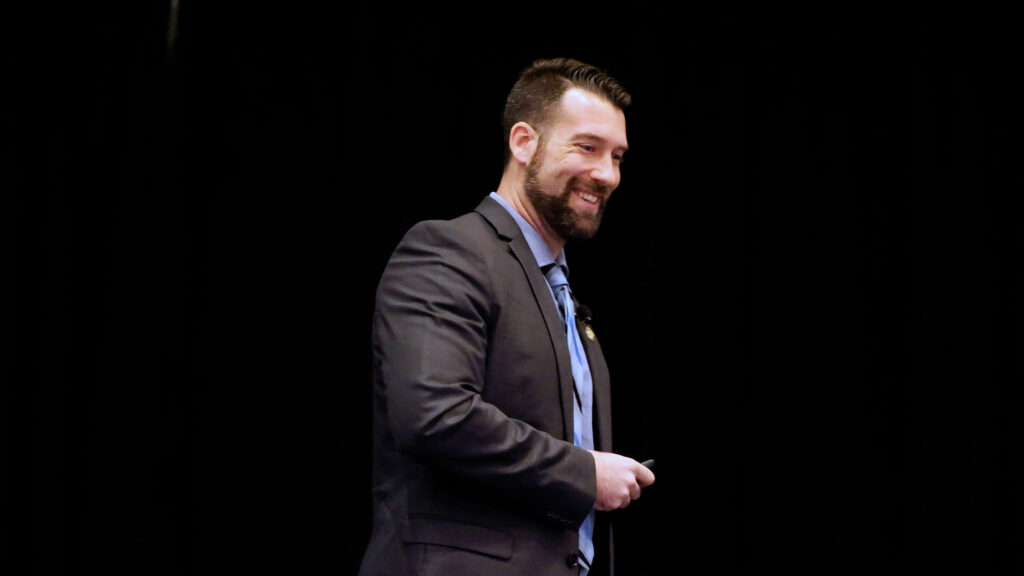This post and podcast are not, in any way, shape or form, affiliated with, nor endorsed by, NASA.

In a matter of weeks, NASA’s Artemis I will mark a new beginning in space exploration.
Podcast: Play in new window | Download
Subscribe: RSS
This historic flight is the first phase of the Artemis program’s goal: returning humans to the Moon.
Matt Wittal is Mission Design and Planetary Science at NASA. As he explained in our 2019 interview, unmanned Artemis I is the first of three scheduled missions in the Artemis program.
The world’s most powerful rocket, the SLS (Space Launch System), will launch the spacecraft, Orion. Initially, Orion will orbit the Earth. Then, off to the moon–and it its lunar orbit, Orion will travel further than any previous spacecraft.
The mission objectives, as explained on NASA’s website: to demonstrate Orion’s systems in a spaceflight environment; and to ensure a safe re-entry, descent, splashdown, and recovery prior to Artemis II, which will be the first flight with crew onboard.
And further down the (lunar) road
Then, in the future, Artemis III will land astronauts on the lunar surface for exploration and habitation of the Moon. NASA will operate both a “base camp” on the lunar surface, and their Gateway orbiting lunar outpost.
Even that isn’t the ultimate objective of the Artemis program, however.
Living and working on the Moon is projected to ultimately help researchers determine what will be needed, for travel to Mars.
Matt talked about the final preparations to launch Artemis I, what’s involved in planning a mission with so many “firsts”, and what comes next!
On this edition of Over Coffee®we cover:
- What’s currently happening with final preparations for the launch;
- The troubleshooting involved to get any launch right (including the successful Saturn V!);
- Some of the “firsts” involved in the Artemis I flight;
- A definition of a NASA term which will apply to the mission;
- What launch day will be like, for Matt!;
- Matt’s role in preparing the technology to navigate the spacecraft;
- What’s involved in determining the trajectory for launching a moon rocket;
- How the mission, and the program, demonstrate NASA’s new vision statement;
- Some of the ways other countries are collaborating on the Artemis program;
- A closer look at some of the secondary objectives the cubesats aboard the SLS may accomplish;
- The timeline of the launch and Orion’s journey;
- How the Artemis I mission will set the stage for the Artemis II flight;
- What Matt and the NASA team are currently working on for the missions to follow Artemis I;
- The future missions planned to travel back and forth to the Moon and what will be needed to make them successful;
- How Matt’s background led him to excel in space logistics;
- Where to watch the launch, get educator resources, and follow NASA on their social media;
- The consideration of lunar dust with an orbiting spacecraft;
- What Matt has learned about himself, as both a science researcher and a maker, from working at NASA.
